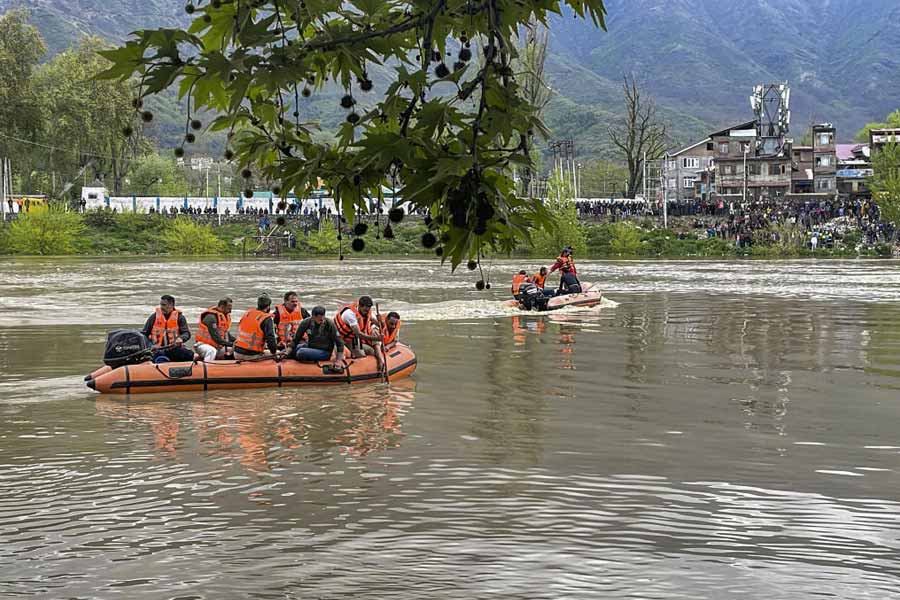New Delhi: India's Lakshadweep islands along with the Maldives and the Seychelles are among coral atolls worldwide likely to become uninhabitable within three decades because of waves exacerbated by sea level rise, a study released on Wednesday suggested.
Scientists who conducted the study said their findings provide insights into the timing and magnitude of climate change impacts on populated atolls that portend "significant and unavoidable geopolitical" issues if low-lying islands have to be abandoned.
Most of the earlier forecasts had predicted that atolls would face threats of inundation only after 2100. But the new study of how sea level rise and ocean waves will impact the islands' hydrogeology indicate that wave-driven flooding and loss of freshwater may make them uninhabitable by 2030 to 2050.
The wave-driven flooding exacerbated by sea level rise may increase groundwater salinity and deplete potable water within a few decades, the scientists said, adding that this could make the islands uninhabitable by the middle of the 21st century.
"Our analysis is relevant to atolls such as the Cook islands, the Caroline islands, or the northwestern Hawaiian islands in the Pacific or Seychelles, Maldives or Lakshadweep in the Indian ocean," Curt Storlazzi, a scientist with the US Geological Survey and lead author of the study, told The Telegraph.
"The time frame may vary, for the tipping point to becoming uninhabitable might be years to decades earlier for some islands, years to decades later for others."
Storlazzi and his colleagues chose Roi Namur island on the Kwajalein atoll, a part of the Marshall islands, an archipelago of 29 atolls of over 1,100 low-lying islands in the Pacific, for observations of wave action on hydrogeology between 2013 and 2015.
The scientists specifically examined how sea level rise would impact wave behaviour on the islands and found that wave dynamics over atolls and coral reefs would lead to annual wave-driven overwash on most atolls. Their study's findings were published on Wednesday in the journal Science Advances.
The overwash, which will allow salty ocean water to seep into groundwater, could threaten the islands' infrastructure and prevent freshwater resources from recovering between two overwash events, the researchers said.
"Rainfall over the year may not be enough to flush out the saltwater and recharge the freshwater supply before the next year's (waves) arrive repeating the overwash events," Stephen Gingrich, a co-author of the study, said.
Multiple clusters of atolls across the Pacific and Indian oceans might face similar circumstances, the study has suggested, naming the Gilbert islands, the Line islands, the Spratly islands in the Pacific and the Maldives and Seychelles in the Indian Ocean.
The Lakshadweep islands, a cluster of about 36 atolls about 200-450km southwest of India, are also low-lying islands and are likely to face the same type of frequent negative impacts from wave-driven flooding, Storlazzi said.
India's 2011 census had counted Lakshadweep's population at about 64,400.
While the high volcanic islands such as the Andaman and Nicobar Islands will not become uninhabitable due to freshwater contamination, Storlazzi said, their reef-fronted, low-lying coastlines and associated infrastructure, including agriculture and habitats, could be impacted by similar wave-driven flooding.










